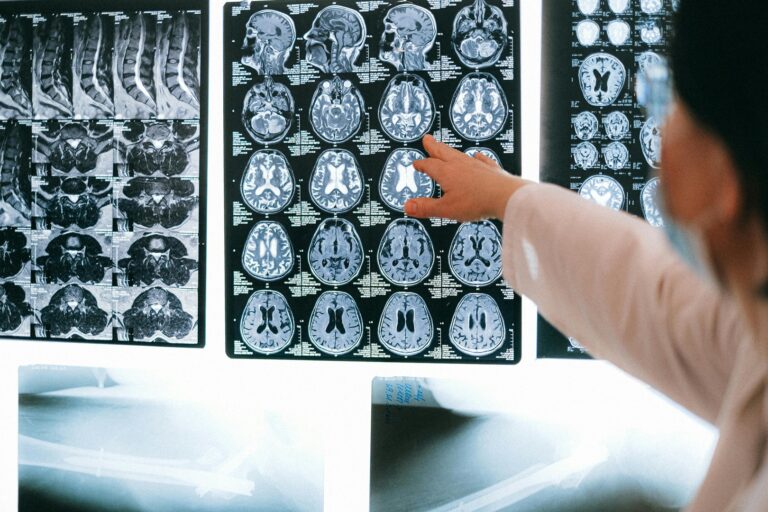On July 30th, 2025, Dr. Huy Do enlightened us on how an optometristA trained medical profession who can examine, diagnose, and treat a majority of eye disorders. Click the term to read more is a frontline provider in the diagnosis and management of idiopathicThe term idiopathic is used when there is no detectable reason for something. Click the term to read more intracranial hypertension (IIH). Dr. Do is a Doctor of Optometry and a Fellow for the American Academy of Optometry. He has been in practice for over 6 years and has diagnosed and treated many patients with IIH at Kaiser Permanente in Portland, Oregon.
In the United States, over 8 years of education and training is required to receive the title Doctor of Optometry. Each state dictates the scope of practice an optometrist has, which can affect vision care for those who live in states that are more stringent. Dr. Do works in a comprehensive HMO practice where the ability for practitioners to communicate, coordinate care and access medical records is more streamlined than private practice.
Some key points of his lecture are:
- There are several tools used to examine the eye and surrounding structures. These tools can detect elevated intracranial pressure, placing an optometrist first in line to detect pathology consistent with IIH.
- The optical coherence tomography (OCT) scan, Humphrey visual field test, tonometer, ophthalmoscope, fundus photography and slit lamp can help determine if there are optic disc changes, optic nerve abnormalities, and visual field defects. All of these tools can assist in the detection of the visual signs and symptoms of IIH.
- During an eye evaluation, an optometrist can observe the spontaneous venous pressure of the central retinal vein by watching its pulsation. This is another way to determine if there is elevated brain pressure.
- PapilledemaSwelling of the optic nerve that carries visual signals from the eye to the brain. Click the term to read more is a finding on fundoscopy defined by a presence of optic disc swelling. This finding is indicative of elevated intracranial pressure and has a grading system that is typically detected by an optometrist or neuro ophthalmologistA specialist in the branch of medicine concerned with the study and treatment of disorders and diseases of the eye. Click the term to read more. The presence of papilledema is part of the Dandy CriteriaCriteria used for diagnosing patients with IIH. Click the term to read more that providers use when making the diagnosis of IIH or follow-up for those with IIH.
- A 6th nerve palsy (a reported symptom of those with IIH), an optometrist can place a Fresnel prism in the lens of eye glasses that can temporarily help with double vision that occurs from a 6th nerve palsy.
- Dr. Do reviewed 3 different examples of patients who have vision or eye structure changes leading to a diagnosis of IIH. He also discussed how they were managed and their current status.
In case you missed this webinar or would like to rewatch his talk, you can click here. If you would like to learn more about IIH and how it affects vision, you can read the article A Look Into the Brain Through the Eyes.
If you would like to see Dr. Hy Do as a patient, you can visit his profile at Kaiser Permanente or visit our Provider Page, where you can find a list of physicians and providers who are knowledgeable in the diagnosis and management of IIH.



